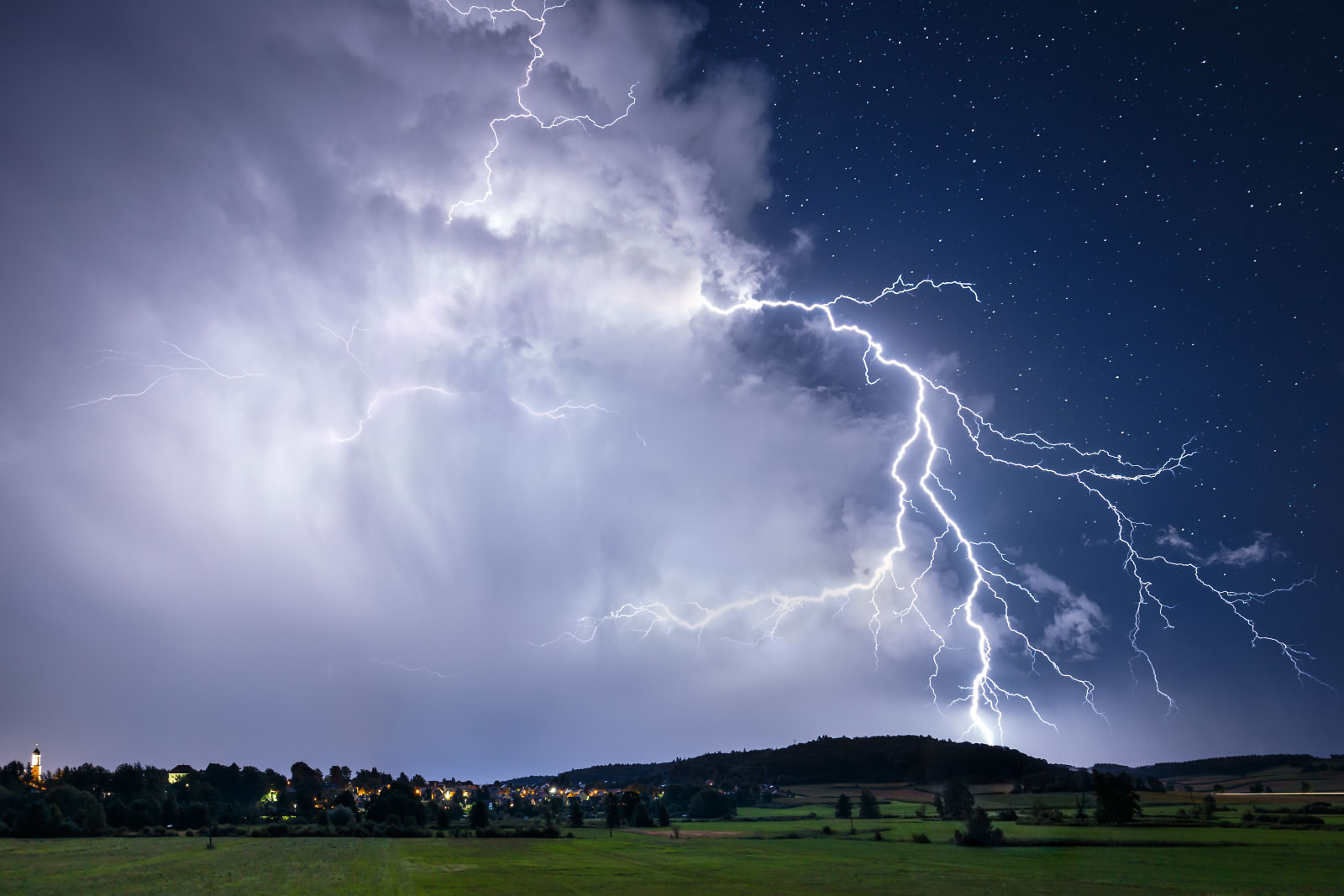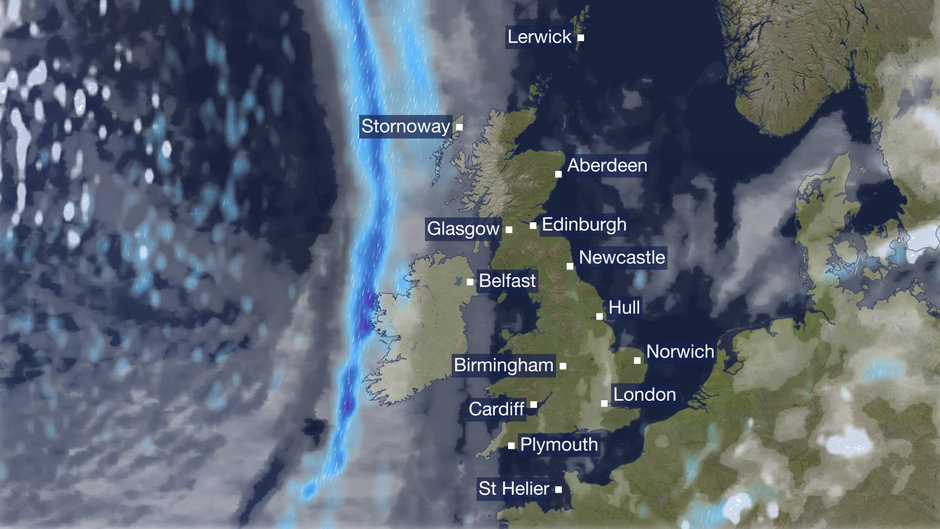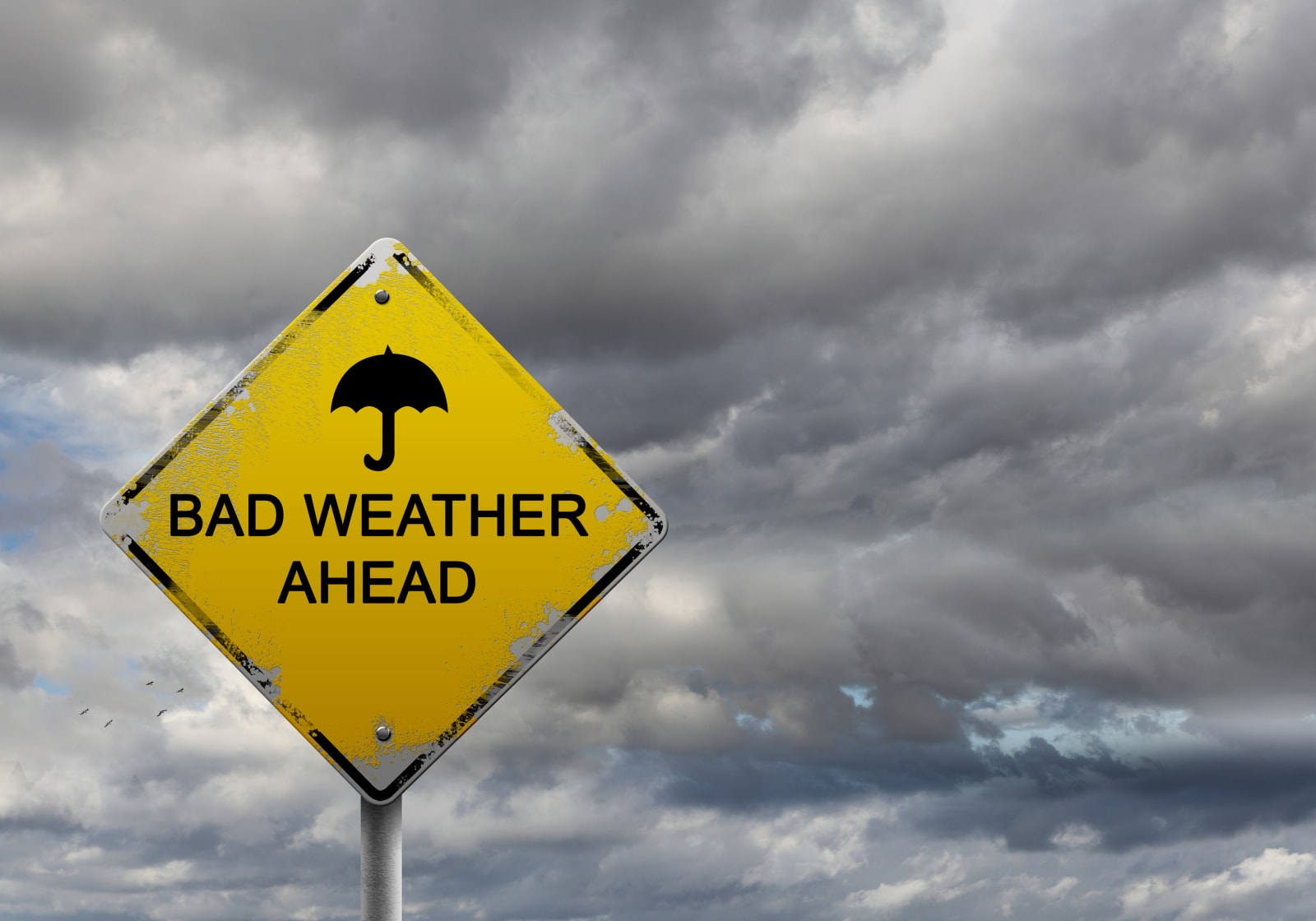
You may have noticed Google's forecast feature on your HTML5-capable smartphone browser -- simply typing "weather" into the search field brings up a basic real-time temperature tool, complete with hourly and five-day forecasts for your current location. That feature has been around in one form or another since the beginning of last year, but as of this week, it's made its way to tablets, too. Web weather is entirely browser based, and you can bring it up in just the same way as on a smartphone -- confirm that your GPS is enabled, then head to Google.com and type "weather" -- you'll be rewarded with a 10-day forecast, complete with temp, precipitation, humidity and wind speed readouts. The tool is interactive, so while you may only be able to view a few days of weather at once, you can simply slide along the timeline to see more. The same applies to the hourly forecast as well. There's nothing to download or subscribe to for this one, and it's available right now at Google.com.
James Trew contributed to this report.
Filed under: Cellphones, Tablet PCs, Internet, Software
Google adds browser-based weather feature to tablets with temperature, wind and precipitation originally appeared on Engadget on Wed, 18 Jul 2012 18:42:00 EDT. Please see our terms for use of feeds.
Permalink  TechCrunch
TechCrunch |
 Google+
Google+ |
Email this |
Comments
 IBM and its subsidiary The Weather Company are working on a new weather forecasting system, one that they say will boost forecast accuracy quite a bit. It's called the Global High-Resolution Atmospheric Forecasting System, or GRAF, and it will pull d...
IBM and its subsidiary The Weather Company are working on a new weather forecasting system, one that they say will boost forecast accuracy quite a bit. It's called the Global High-Resolution Atmospheric Forecasting System, or GRAF, and it will pull d...
 IBM and its subsidiary The Weather Company are working on a new weather forecasting system, one that they say will boost forecast accuracy quite a bit. It's called the Global High-Resolution Atmospheric Forecasting System, or GRAF, and it will pull d...
IBM and its subsidiary The Weather Company are working on a new weather forecasting system, one that they say will boost forecast accuracy quite a bit. It's called the Global High-Resolution Atmospheric Forecasting System, or GRAF, and it will pull d...
 Today, the BBC is launching a major redesign of its popular weather forecast services — and some Brits are furious. It all started in 2015 when the broadcaster announced it was ditching the Met Office and looking for a new provider of accurate...
Today, the BBC is launching a major redesign of its popular weather forecast services — and some Brits are furious. It all started in 2015 when the broadcaster announced it was ditching the Met Office and looking for a new provider of accurate...
 Facebook aims to offer almost everything you'll want to have on a phone: games, video and photo filters, chat apps, shopping portals and now even week-long weather forecasts. The social network has rolled out a full-fledged weather section right with...
Facebook aims to offer almost everything you'll want to have on a phone: games, video and photo filters, chat apps, shopping portals and now even week-long weather forecasts. The social network has rolled out a full-fledged weather section right with...
 Predicting the weather typically caps out around 10 days in advance for certain factors, but a new study could extend that up to almost two months. By measuring the surface temperature of oceans from 1982 to 2015, specifically in 2012, The New York T...
Predicting the weather typically caps out around 10 days in advance for certain factors, but a new study could extend that up to almost two months. By measuring the surface temperature of oceans from 1982 to 2015, specifically in 2012, The New York T...
 Today on In Case You Missed It: The world's biggest 3D printer was just unveiled in Italy and it's a hefty 40 feet tall and 20 feet in diameter, earning its name, "Big Delta." Its intended purpose is to build mud huts for emergency housing. A devic...
Today on In Case You Missed It: The world's biggest 3D printer was just unveiled in Italy and it's a hefty 40 feet tall and 20 feet in diameter, earning its name, "Big Delta." Its intended purpose is to build mud huts for emergency housing. A devic...



